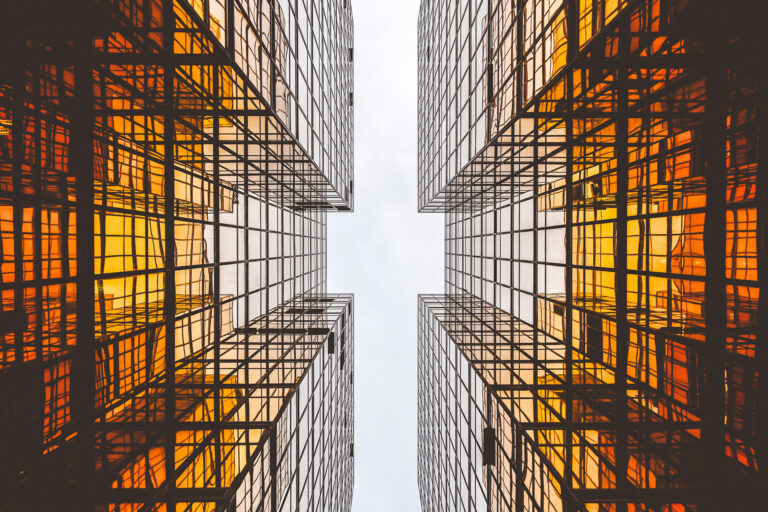
Exploring Specialized Areas of Design
Design is a multifaceted discipline that shapes the way we interact with our world, from the spaces we inhabit to the tools we use and the experiences we enjoy. Over the years, the field of design has diversified into specialized areas, each focusing on unique challenges and opportunities. Understanding these specializations helps to appreciate the breadth and depth of design as a creative and problem-solving discipline. Below are some of the most prominent specialized areas of design.
1. Architectural Design
Focus: Shaping physical spaces.
Architectural design involves planning and creating buildings and other structures. It blends art and science, considering aesthetics, functionality, sustainability, and safety. Architects design homes, offices, cultural landmarks, and urban landscapes, ensuring they meet the needs of inhabitants while harmonizing with their surroundings.
2. Interior Design
Focus: Enhancing indoor environments.
Interior design is about creating functional, aesthetically pleasing interiors. Professionals in this field consider factors like space optimization, color schemes, furniture, lighting, and materials. They work across residential, commercial, and hospitality sectors to create environments that improve quality of life and reflect the identity of the users.
3. Graphic Design
Focus: Communicating visually.
Graphic design is the art of conveying messages through visual content. From logos and branding to digital media and print materials, graphic designers use typography, color, imagery, and layout to communicate ideas and evoke emotions. This field is essential in marketing, advertising, and user interface (UI) design.
4. Product Design
Focus: Creating physical objects.
Product design involves developing innovative and user-friendly products, from everyday household items to advanced technology. Designers in this specialization focus on usability, aesthetics, and manufacturability, balancing creative and technical considerations to produce items that solve real-world problems.
5. UX/UI Design
Focus: Optimizing digital experiences.
User experience (UX) and user interface (UI) design are critical in the digital age. UX design focuses on ensuring a seamless and enjoyable interaction with a product or service, while UI design emphasizes the visual aspects of that interaction. Together, they create intuitive, engaging websites, apps, and digital platforms.
6. Landscape Design
Focus: Designing outdoor spaces.
Landscape design involves creating and planning outdoor environments like gardens, parks, and urban plazas. This specialization emphasizes sustainability, ecological balance, and the aesthetic integration of natural and built elements to enhance outdoor living spaces.
7. Fashion Design
Focus: Creating apparel and accessories.
Fashion design is a vibrant field that combines creativity and functionality. Designers conceptualize and produce clothing and accessories, keeping trends, cultural influences, and technical aspects in mind. This specialization bridges art and commerce, often influencing social and cultural narratives.
8. Industrial Design
Focus: Innovating for industry.
Industrial design merges engineering, aesthetics, and business to create products that are both functional and visually appealing. It encompasses everything from consumer electronics to medical devices and transportation systems, aiming to enhance efficiency and usability while addressing environmental and societal needs.
9. Exhibition Design
Focus: Crafting immersive experiences.
Exhibition design involves creating environments for displaying artifacts, art, or information. It is common in museums, galleries, and trade shows, where designers focus on storytelling, lighting, spatial flow, and technology to engage and inform audiences effectively.
10. Sustainable Design
Focus: Prioritizing environmental impact.
Sustainable design cuts across all design disciplines, emphasizing eco-friendly practices and materials. Designers in this specialization aim to minimize environmental impact while creating functional and aesthetically pleasing solutions. This field has grown in importance due to the global focus on sustainability and climate change.
Conclusion
Specialized areas of design offer diverse opportunities to influence the world around us creatively and meaningfully. Each specialization addresses unique challenges and caters to different needs, demonstrating the incredible versatility and relevance of design in our lives. Whether shaping the physical spaces we inhabit, crafting digital experiences, or producing sustainable solutions, design remains a cornerstone of innovation and human progress.


No comments yet.